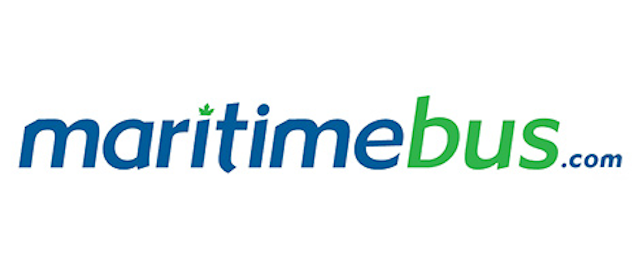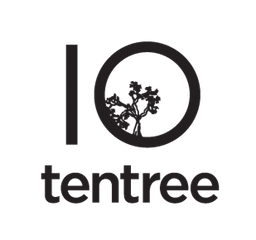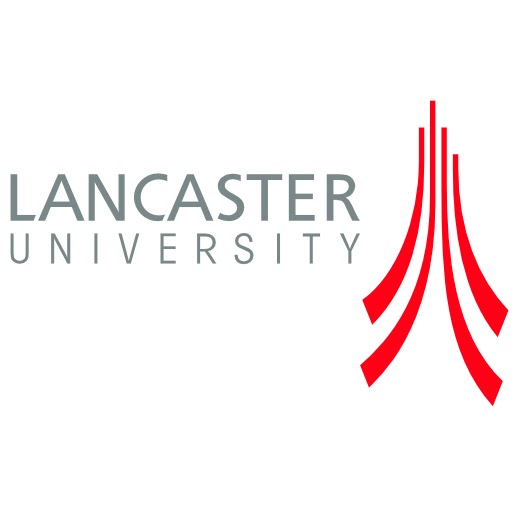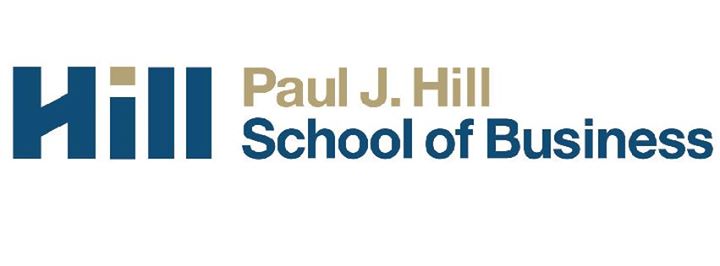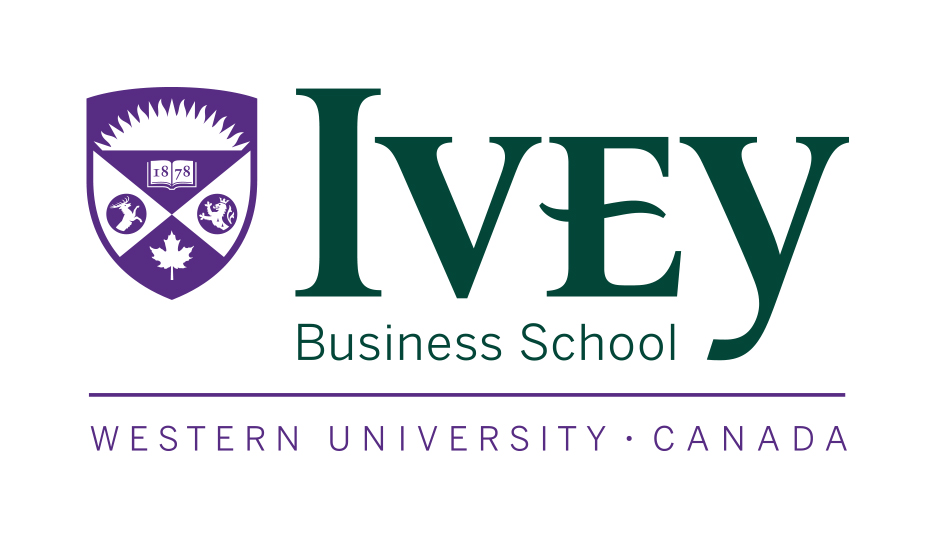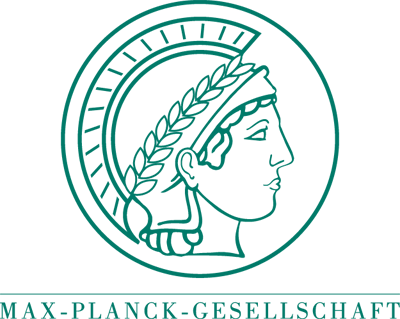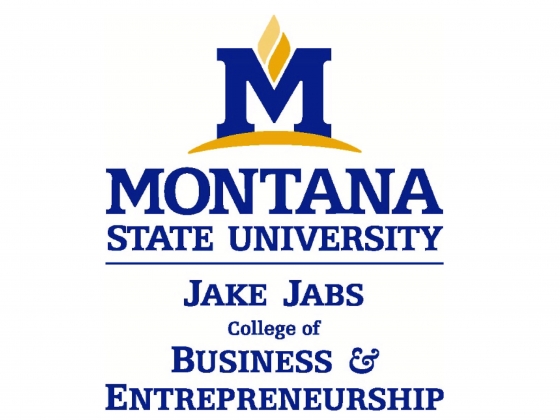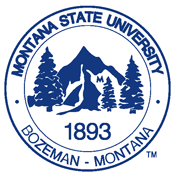Case Studies
“West Paw Design: B Corp Certification and Growth?” 2016. With Peter Moroz, Simon Parker, Jackie Art, & Kelli Goodie.
Summary:
In 2016, the founder and chief executive officer of West Paw Design (WPD) was faced with a growth dilemma: how could he align WPD’s socially responsible ethos with his desire to expand business activities in the growing pet products market? Based in Bozeman, Montana, WPD developed, manufactured, and distributed pet products. The company was a certified “B Corporation,” meaning its social and environmental credentials had been verified by an external organization, B Lab. The founder had to consider his options very carefully, because some of them could undermine or negate WPD’s growth objectives, as well as its cherished B Corporation principles.
“Neechie Gear: Pivoting in an Aboriginal Start-up.” 2015. With Peter Moroz & Simon Parker.
Summary:
A young Aboriginal entrepreneur faces three major challenges to growing his lifestyle apparel business. First, he has been unable to find a trusted partner who is both competent and passionate about the venture. Second, he is spread thinly across the multiple roles involved with running and growing the business. Third, he has not yet fully tested any of the proposed business models to determine whether they will require considerable investment or abandonment. The entrepreneur lacks the time and space to think strategically about his best course of action. The case challenges students to evaluate his company’s business model and performance and to chart a successful strategy for the future, considering the dual perspectives of being a solo entrepreneur and an Aboriginal businessperson.
“Entrepreneurial Leadership at Maritime Bus.” 2014. With Simon Parker, Peter Moroz. Parker Baglole, & Ryan Cassidy.
Summary:
An entrepreneur in Atlantic Canada believes he has a five to six year window to capitalize on the growth of his newest venture, Maritime Bus, a passenger transportation and parcel delivery service, before his retirement. Having turned around a business that lost $12 million over the previous eight years in less than six months, he believes he has the opportunity to continue this success. However, he is unsure what strategies to follow to achieve growth: expand the parcel service, partner with other transportation operators to attract more riders, increase marketing efforts or move into Newfoundland and Labrador. He is also unsure about the value of the business and how he can smoothly and profitably transfer his ownership shares to his partner, one or more of his children or an external investor. Any decision needs to be made in consultation with his family.
“Cameco Corporation: Partnering with Aboriginal Communities.” 2015. With Peter Moroz & Simon Parker.
Summary:
The director of corporate responsibility at Cameco Corporation, a global uranium mining company, is debating whether to engage in formal negotiations leading to a partnership with a remote First Nations community in northern Saskatchewan, and if so, how. The director knows that a partnership may be costly upfront but it might also lead to future opportunities. Keenly aware of the need to manage rapidly growing expectations within the First Nations community, while also managing the expectations of long-term partners, the director needs to decide on a way forward that will deliver the best results for all concerned.
“Growing TenTree: Social Enterprise, Social Media, and Environmental Sustainability.” 2014. With Peter Moroz & Simon Parker.
Summary:
Two friends have launched tentree (TT), a Canadian entrepreneurial venture that sells an environmentally sustainable and trendy brand of apparel. For every product sold, TT plants 10 trees in locations around the world. Although TT is still in its infancy, it is already experiencing huge growth. The entrepreneurial founders now face several challenges: how to keep pace with the growing demand; how to plant as many trees as they can while staying true to their sustainable, environmental philosophy; how to break into the U.S. and other markets; and where to source their product.
“Canadian Police Knowledge Network.” 2012. With Stewart Thornhill, Peter Moroz, & Andrew MacVane.
Summary:
Two friends have launched tentree (TT), a Canadian entrepreneurial venture that sells an environmentally sustainable and trendy brand of apparel. For every product sold, TT plants 10 trees in locations around the world. Although TT is still in its infancy, it is already experiencing huge growth. The entrepreneurial founders now face several challenges: how to keep pace with the growing demand; how to plant as many trees as they can while staying true to their sustainable, environmental philosophy; how to break into the U.S. and other markets; and where to source their product. In 2004, Holland College formed a not-for-profit organization with the Canadian policing community and National Research Council to create the Canadian Police Knowledge Network (CPKN). In 2011, CPKN is Canada's leading provider of e-learning solutions for Canadian law enforcement, with more than 60,500 registered learners - including customers such as the Regina-based Royal Canadian Mounted Police and INTERPOL. To date, these learners have successfully completed more than 161,000 course events. Despite CPKN's recent successes, its president believes there is significant potential for growing the organization and he is looking for ways to reach new customers and improve the financial performance of the organization.
“Beanz versus Starbucks: Personality in a Cup!” 2012. With Peter Moroz, Stewart Thornhill, & Haley Beer.
Summary:
Beanz Espresso Bar is located in downtown Charlottetown, Prince Edward Island, Canada. It is operating in a market with high rivalry (11 other coffee businesses in a two-block radius). The economy in Prince Edward Island has seen several diners, restaurants, and coffee shops close their doors within the past few years, while simultaneously drawing in large corporate businesses such as Starbucks and Running Room. Beanz has thus far survived the major environmental changes and managed to keep its clientele and the owners, Lori and Doug, feel it is time to either sell Beanz and leave the industry, or exploit their competitive advantages to grow and capture more market share. Beanz specializes in high-quality, baked-from-scratch food and specialty coffee beverages. The café is known for its artistic vibe, warm atmosphere, and eccentric staff. After operating Beanz for 16 years, the couple has made few changes to the decor, menu, the set-up. Internally, the company faces several issues concerning management control systems, marketing, and strategic direction. Lori and Doug must choose between five different directions for the future of Beanz.
“Shutout Solutions.” 2011. With Peter Moroz & Stewart Thornhill
Summary:
After working together on a university business plan, two entrepreneurs worked for three years to develop their venture: Shutout Solutions Inc. Their start-up venture was established in response to an issue familiar to most hockey players: notoriously smelly equipment. While their familiarity with hockey equipment helped them identify a specific problem, subsequent research revealed a much broader issue: the need to clean products made of micro-fibre. Utilizing a technology that addressed the micro-fibre odour issue, they believed they had a five-year opportunity window to develop and profit from the business before it was imitated or superseded. As they considered their options, they realized that they might have to choose to focus their resources on a single product line rather than continue to develop their current portfolio of a detergent, body wash, and spray. They also questioned whether they were using the right channel - gyms and sporting goods stores - to reach customers. The opportunity to pursue bulk institutional sales was also intriguing, though it would require a different sales, pricing, and distribution strategy. Also, they considered how they might respond to an offer to sell the company in its current form.
Thank you to the following organizations for their support of my research:




